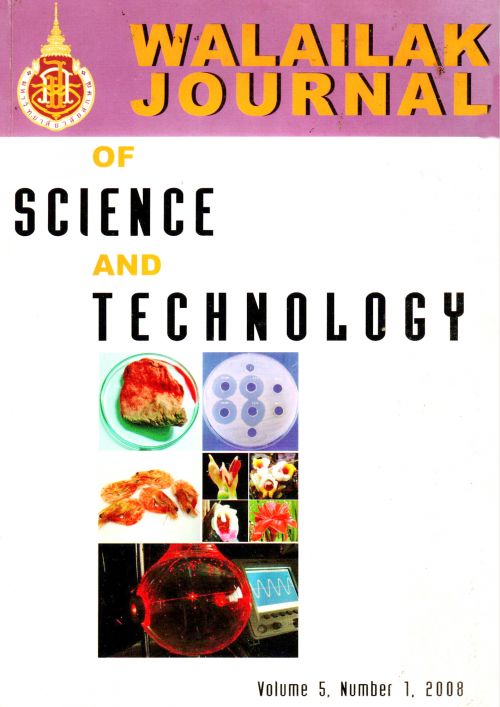Testing the framework species method for forest restoration in Chiang Mai, northern Thailand

ABSTRACT: The framework species method of reforestation, developed by FORRU (Forest Restoration Research Unit) has been used successfully to restore evergreen forest on degraded former agricultural sites in Doi Suthep-Pui National Park, Chiang Mai Province, Thailand. This paper reports 3-year results of an attempt to duplicate the technique at Ban Toong Yah, Mae Chaem district, at a similar elevation as FORRU’s original plots at Ban Mae Sa Mai, Mae Rim District. Twenty species of framework tree seedlings were planted in June 2002. The 2-year results indicated that seedlings achieved lower survival rates than at the FORRU’s original site. Height growth, root collar diameter, and crown width were also lower. Some seedlings died, because they were trampled by cows, which also ate some of the seedlings. However, several sapling species, such as Ficus fistulosa and Phyllanthus emblica, were able to produce new shoots from their axillary buds, after having been browsed by cows. In 2004, 5 high-performing species: Castanopsis tribuloides, Ficus fistulosa, Hovenia dulcis, Ostodes paniculata and Prunus cerasoides, were selected along with 12 never-planted species for planting in June. Again those seedlings achieved lower survival rates than at the FORRU’s original site. The seedlings achieved an average survival rate of about 50 % after the first growing season. The exposed, windy environment of the planting site might also account for lower than expected growth and survival rates. FORRU’s recommended methods of site preparation, using herbicide and weed suppression, and using cardboard mulch may be employed, to improve seedling survival and growth on this site.


